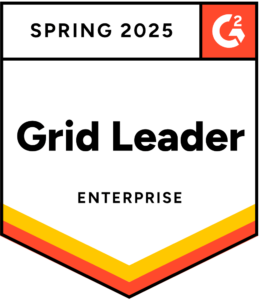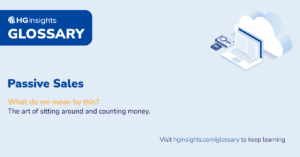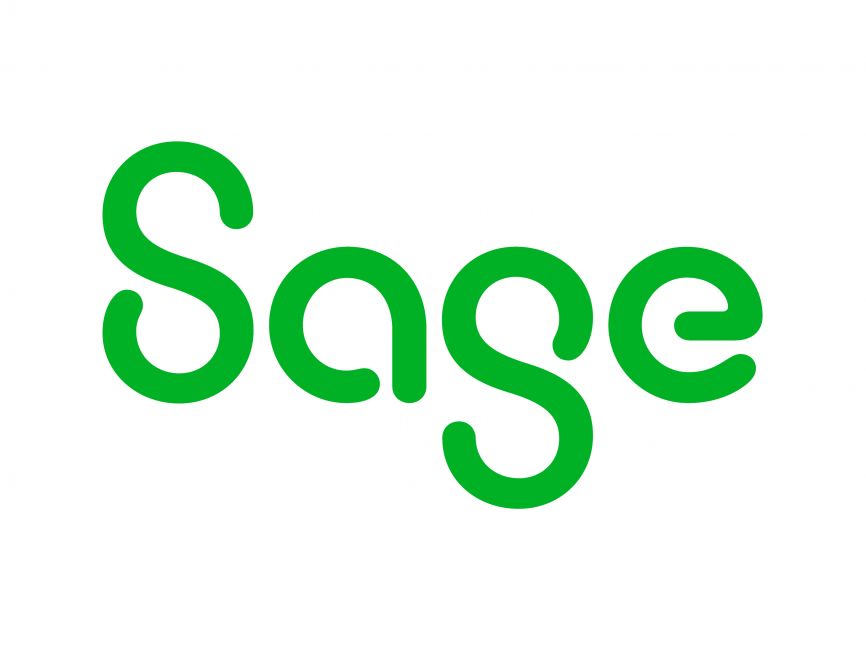A passive lead is a potential client with an identifiable use case for your product, however they are not actively seeking a solution to their problem. They know they need one, they want to buy one, however the need is not so urgent that they are performing outreach and prospecting to identify a product to purchase.
What do we mean by this?
The art of sitting around and counting money.
What are Passive Sales?
A full and flowing sales pipeline is key to the health and wellness of any commercial business. Many aspects of an organization are dedicated to this exact purpose, drawing promising leads into the river from a variety of originating reservoirs.
None of these sources are infinite, however, and organizations often must contend with a trickle when their pipeline capacity increases or their ad prospects dry up. But another source known as a “passive lead” can get things flowing again with its uncanny ability to break down dams wherever it finds them.
What is a passive lead?
A passive lead is a potential client with an identifiable use case for your product, however they are not actively seeking a solution to their problem. They know they need one, they want to buy one, however the need is not so urgent that they are performing outreach and prospecting to identify a product to purchase.
In extreme cases, passive leads may not be aware that they have a problem at all or – if they are – they are not aware that solutions exist, and therefore are missing an active intent to buy. However, if you can identify their use case for them and demonstrate how your solution addresses the problem, they may be convinced to buy.
What is a passive sale (gained from a passive lead)?
Typically, sales and marketing teams are encouraged to prioritize the nurturance of prospects with an active buying intent (or active leads.) These are those leads which have demonstrated that, not only are they actively looking for a product, but they are interested in purchasing your product once the details can be worked out. And to be sure, these are the prospects with the highest conversion potential and must be cared for diligently.
But passive leads, when handled correctly, can be converted into active leads with the right materials and interactions. Passive sales are those that happen when a passive lead is provided with the right education to make them aware of their use case and the potential solution, leading to a mutually beneficial relationship between your organization and theirs.
How do passive leads help sales?
In many cases, passive sales make up a larger proportion of overall conversions than their active counterparts. But more importantly, passive leads help to fill up the sales pipeline to ensure a steady flow of conversions when more active prospects begin to lag.
Sales pipeline
The sales pipeline guides buyers through 5 different stages along the sales journey. These are:
- Unaware: The lead does not understand your product, their problem, or the solution.
- Aware: The lead understands both their problem and your product.
- Consideration: The lead is actively shopping for a solution to their problem.
- Negotiation: The lead has made a stated intention to purchase your product.
- Conversion: The lead has purchased your product.
And different kinds of prospects enter at different stages within the pipeline, requiring varying effort and strategy to bring them all the way to the end of the tunnel. An active prospect, for example, might enter the pipeline anywhere after “unaware”, whereas passive prospects will travel the entire length during the conversion process.
Passive leads also only exist in the unaware stage. Once they begin to understand the problem and the product, assuming they stick around, they become active prospects.
Prospects, then, only exist in the aware and consideration stages. Once they enter negotiation, they become buyers.
How to generate passive leads for your business
It is up to your team to proactively source passive leads if you want to reap the myriad benefits they offer. Here are a few best practices to employ that will allow you to more easily reel them in.
- Reach out directly. Your sales team can take the active position and get in contact with organizational representatives who understand their company’s use case for your product. This is the best way to quickly start an in-depth and educational conversation.
- Marketing email campaigns. This is an excellent and low-maintenance way to raise awareness and allow a number of prospects to self-select to receive further information.
- Social media ads. This tactic allows you to cast a wide net and reach passive leads who enter communication with your team as active leads.
- Events/gifts. Before making a sales pitch, invite your passive leads to sit in on a webinar, attend a product demo, or enjoy some free gated content to help them learn more before they commit.
- Personal connections. Friends are the best sales people for other friends, and it’s always worth tapping your team to see if they have an acquaintance they can speak with at a prospective organization.
How to identify passive leads
Taking a data-driven approach to passive lead identification is the safest way to qualify these background prospects at the beginning of your relationship. Analytics, sales and marketing research, and other organizational insights will allow you to learn all you can about a company before you send your first outreach message.
Here’s what you should be paying attention to.
Firmographic data
Firmographic data points will help you to define your passive lead’s client profile to determine whether they are a good match, what product level they might need, and what their solution expenditure might be.
Firmographic data includes such company information as revenue, industry, company size, growth, and ownership, most of which can be found with a quick Google search. With the use of a modern data gathering platform, you can gain additional and critical insights like yearly tech spend, which cloud products the company uses, and any upcoming contract renewal dates.
Technographic data
Technographic data provides your sales teams with a more precise look at an organization’s relationship to technology. By employing a comprehensive data solution, you can get a detailed look at what products your prospect uses, which they’ve engaged in the past, and how likely they are to adopt new solutions as they arise.
Intricately can help
Passive leads help to support a healthy and active pipeline for B2B commerce organizations. But you have to know where – and how – to look. Organizational data will help you understand a prospect’s use case for your product long before they even know they have a problem.
Intricately can help you get that information. A comprehensive and modern data solution, Intricately’s go-to-market cloud data solution offers unparalleled insights into both passive and active leads, equipping your sales and marketing teams with the data they need to make a conversion.






